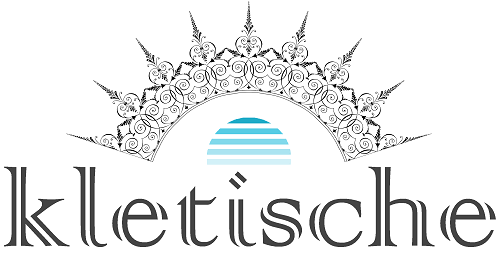How to Get People to Accept the Advice You Give
Giving advice is easy. Getting others to accept your advice is hard. Why is that? Why do people resist or ignore your suggestions, even when they are well-intended and helpful? Accepting your advice is not just about agreeing with you, but also about taking action on your recommendations.
In this article, you will learn some effective strategies to increase the chances of others listening to and accepting your advice. You will discover how to be in tune with what the other fears, how to appeal to their desire to improve themselves, and how to provide concrete examples and tips to support your advice. You will also learn how to avoid common pitfalls and mistakes that can undermine your credibility and influence. By applying these principles, you will be able to make others accept your advice more easily and confidently.
